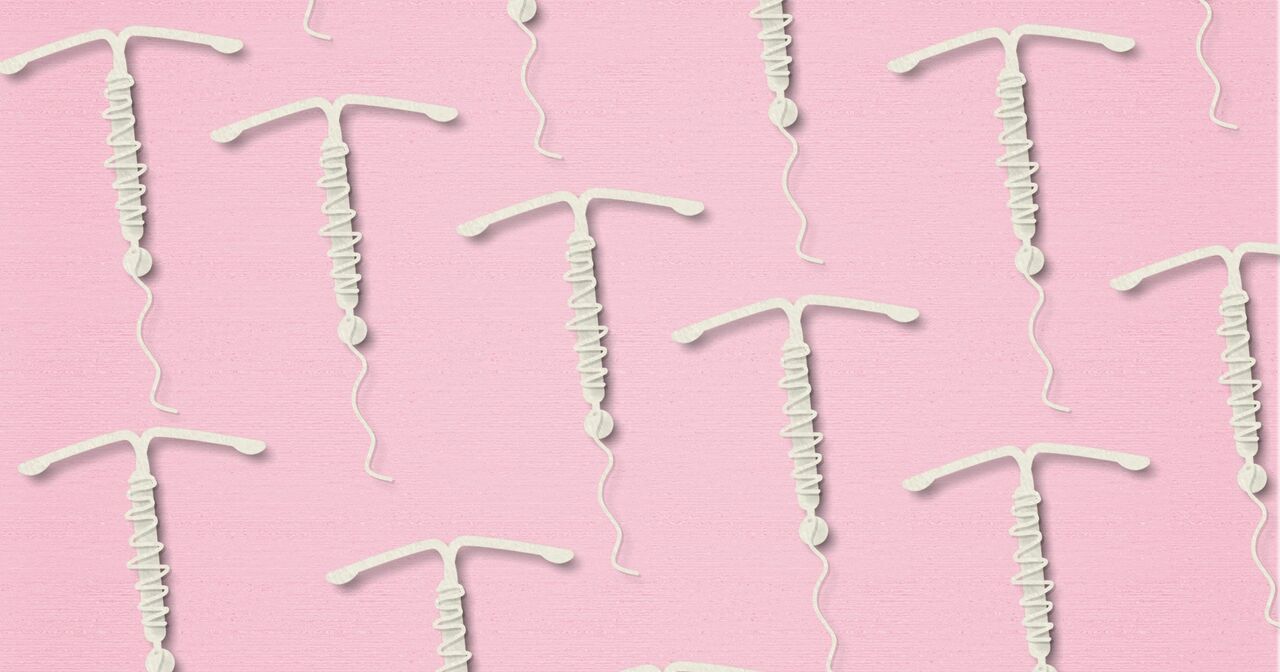The scenario:
A 22 year-old patient (she/her) is currently using an IUD and had it placed at another clinic out of state three years ago. When asked which IUD she has, she is not sure, though she thinks it has hormones. She reports having light, irregular periods. Overall, she is satisfied with the IUD and wants to continue using an IUD for birth control.





